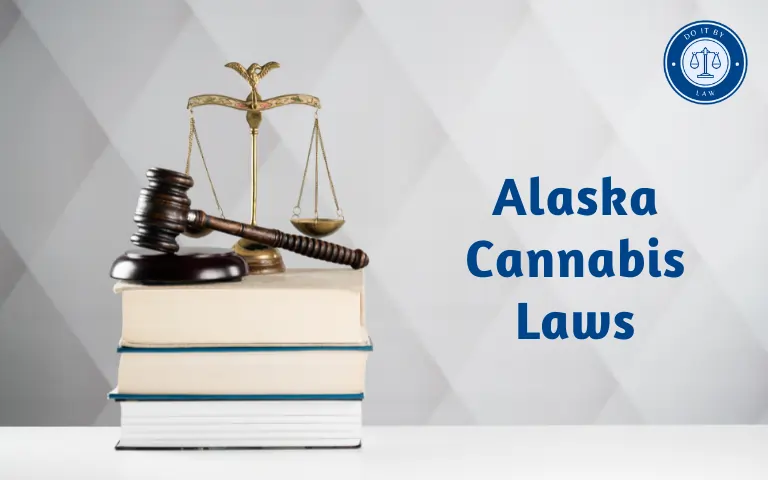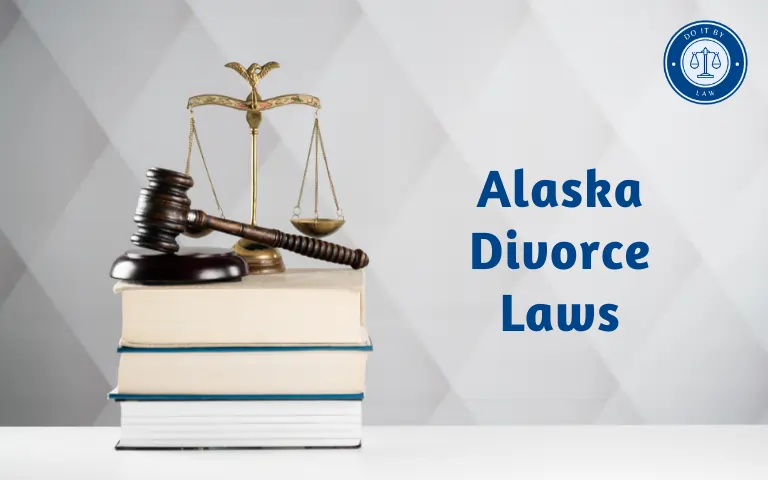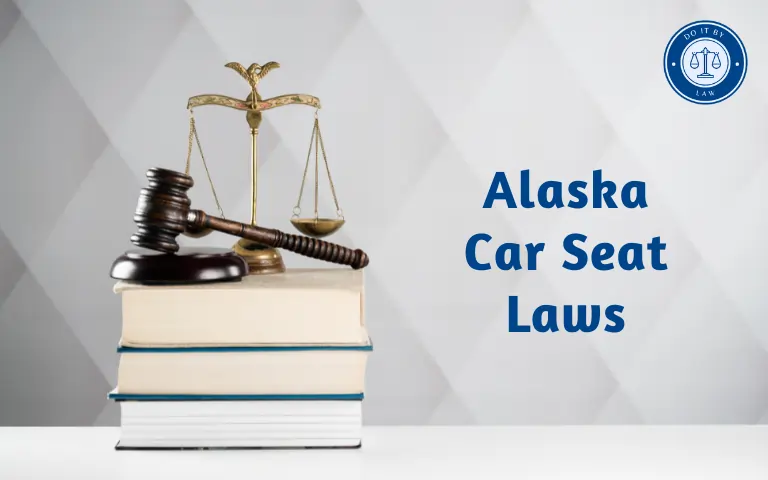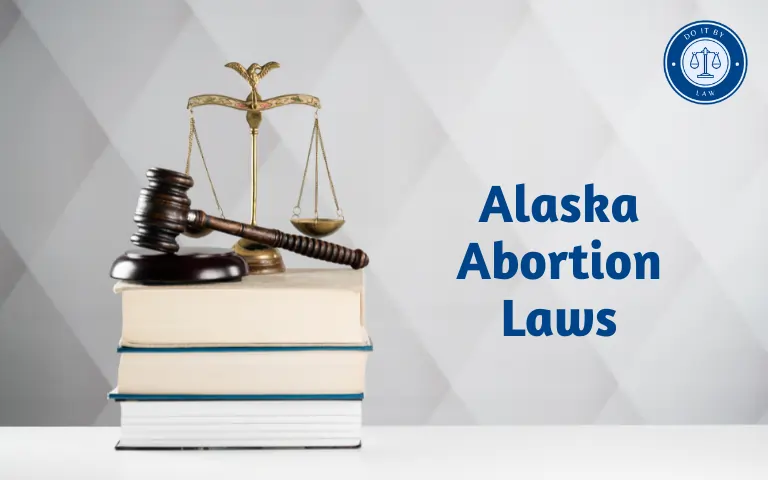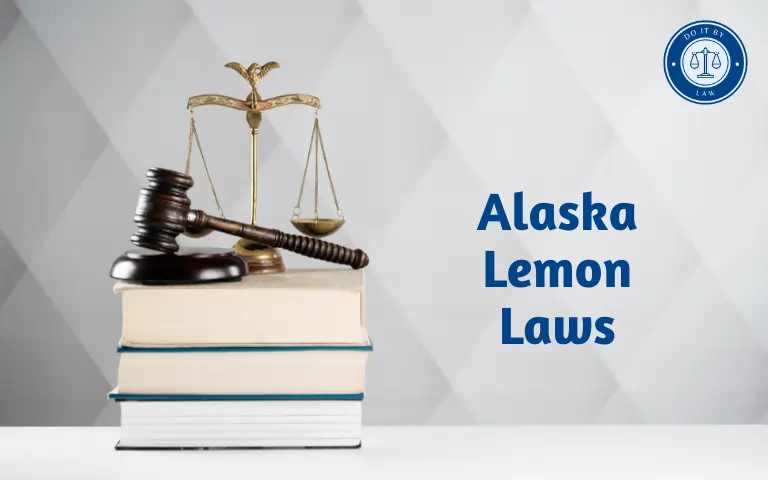Alaska Cannabis Laws: What do you need to know
Alaska Cannabis Laws in Alaska have undergone significant changes in recent years. In 2014, Alaska voted to legalize recreational marijuana, becoming one of the first states to end cannabis prohibition. However, cannabis remains illegal at the federal level, leading to ongoing legal complexity.
History of Alaska Cannabis Laws
Prior to legalization, Alaska had some of the harshest cannabis laws in the country, with possession of any amount punishable by up to 90 days in jail and a $1000 fine.
In 1998, Alaska legalized medical marijuana, becoming one of the first U.S. states to do so. This allowed registered patients to possess and cultivate small amounts of cannabis with a doctor’s recommendation.
Momentum grew throughout the 2000s for full legalization. In 2014, Ballot Measure 2 was passed with 53% of the vote, legalizing personal cannabis use and possession for adults 21 and older.
Alaska joined Colorado and Washington in ending prohibition and creating systems for legal production and retail sales. The first retail stores opened in late 2016.
Alaska Cannabis Laws Possession, Cultivation, and Use
Under current Alaska Status, adults 21 and over may legally:
- Possess up to 1 ounce (28 grams) of cannabis flower or edibles infused with up to 5600mg of THC.
- Cultivate up to six plants at home, with no more than three being mature/flowering.
- Gift up to 1 ounce of homegrown cannabis to other adults 21+, but sales remain illegal outside licensed stores.
- Consume cannabis on private property or at specifically licensed cannabis cafes/lounges. Public consumption remains illegal.
As of early 2023, Alaska does not allow home delivery services or social consumption lounges. Several municipalities have enacted additional restrictions or bans on public cannabis use and cultivation.
Alaska Cannabis Laws Legal Purchase and Sale
The Alaska Marijuana Control Board regulates the commercial cannabis industry, which includes cultivation facilities, product manufacturing, retail stores, and on-site consumption endorsements.
By law, only Alaska residents can apply for cannabis business licenses. Vertical integration of licenses is generally prohibited.
There is no limit on the number of licenses issued. As of late 2022, there were:
- 163 active and operational cannabis retailers
- 114 active cultivators
- 114 active manufacturers
Retail stores may sell up to 1 ounce per transaction to customers 21 and older who present valid IDs. Stores must close between 5 am and 8 am each day.
The current tax rate on legal cannabis sales is $50 per ounce for flower/bud and $15 per ounce for other plant parts like leaves or stems. The state also levies a cultivation tax and general sales tax. Total effective tax rates range from 20-30% depending on the municipality.
In the first five years after legalization, over $100 million in annual cannabis tax revenue was raised for state and local governments.
Medical Marijuana
The Alaska Medical Marijuana Registry remains operational after adult-use legalization. It provides additional purchase limits and legal protections to registered patients.
Patients certified by an Alaska doctor may possess and cultivate more generous amounts:
- Up to 1 ounce of cannabis in public
- Up to 2 ounces at home
- Up to 6 plants with no more than 3 mature
- Up to 1 pound of usable marijuana stored at home
Registered caregivers can assist up to 5 patients, including cultivation.
Alaska Cannabis Laws Enforcement and Penalties
Despite legalization, cannabis remains completely illegal at the federal level in the U.S. due to its Schedule 1 status. Alaska law does not protect individuals from prosecution under federal statutes.
However, the U.S. Department of Justice currently takes a hands-off approach to cannabis-legal states so long as strong regulatory systems are in place. Federal intervention remains unlikely barring major changes in federal policy.
Under state law, penalties exist for unauthorized possession, sale, or cultivation of cannabis. While rules were relaxed significantly after legalization, consequences still apply to violations such as:
- Public consumption of marijuana
- Possession of over-legal limits
- Unlicensed sales or transfers
- Sales to those under 21
Penalties typically start at a fine of $250 plus confiscation of illegal cannabis for a first offense. Repeat offenses often include larger fines and misdemeanor charges. Illegal sales of over 1 pound carry felony status.
Alaska Cannabis Laws Recent and Proposed Changes
As Alaska’s legal framework matures, stakeholders continue debating possible changes. Recent years have seen proposals to:
- Allow cannabis cafes and on-site consumption at retail stores
- Cut or increase tax rates
- Enable interstate commerce with other legal U.S. states
- Further regulate product types, packaging, and advertising rules
So far, on-site consumption remains prohibited outside specifically licensed lounges not currently permitted. But many expect continued evolution over time, just as with alcohol after the end of federal prohibition.
Alaska Cannabis Laws Controversies and Challenges
Alaska still faces controversies regarding the reconciliation of state and federal law, youth access, impaired driving, taxation levels, and more:
- Banking services for state-licensed cannabis companies remain extremely limited due to cannabis’ illegal federal status. Most are still cash-only with some using local credit unions.
- Public health officials continue monitoring youth access and usage rates compared to national averages. Education and prevention efforts target middle and high school students.
- Field sobriety testing for cannabis-intoxicated driving relies on blood tests and officer observation. Per see, THC limits don’t exist as with alcohol. Enforcement remains subjective and inconsistent across the state.
Despite these ongoing challenges, Alaska’s system has successfully displaced much of the previous illegal market while generating tax revenue and agricultural opportunities. The legal framework and regulations continue evolving to address concerns.
Conclusion
Since becoming one of the first U.S. states to legalize recreational cannabis, Alaska has seen the rise of a regulated marijuana industry now encompassing hundreds of cultivators, manufacturers, retailers, and testing facilities.
While federal illegality continues causing legal complexities and limitations, the state has taken significant and largely successful steps to end prohibition locally. Ongoing review of tax policy, youth protection, impaired driving, and other areas aims to optimize public health and safety amidst this new legal landscape.
With full adult-use legalization now entering its second decade, Alaska can provide valuable lessons and models to shape cannabis laws across the United States and globally. The impacts of these unprecedented policy changes will continue to unfold for many years to come.

